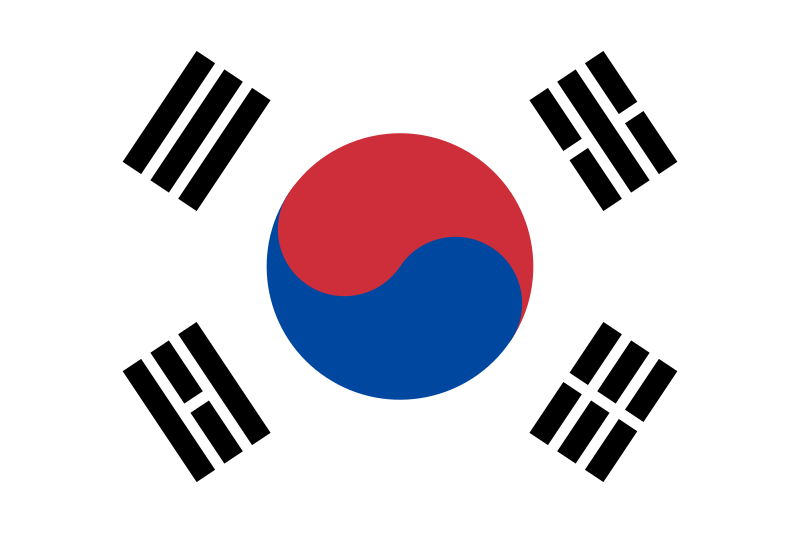I’m headed on Sunday to Sydney to take part in an annual workshop on Japanese history. This is my first opportunity to travel to Australia and I’m excited to visit the largest Western nation that includes engagement with Asia as one of its major foreign policy platforms. I believe it is also the only English-speaking nation to have an Asian Studies major as a Prime Minister (elect); Wikipedia reports that Kevin Rudd of the Australian Labor Party “studied at the Australian National University in Canberra, residing at Burgmann College, and graduated with First Class Honours in Arts (Asian Studies). He majored in Chinese language and Chinese history, and is proficient in Mandarin.” Hao ji le.
The workshop includes a wonderful assortment of Japanese historians from across Australia, people whose work has had an influence on my own research but whom I’ve never had the chance to meet, like Tessa Morris-Suzuki and Elise Tipton. Also speaking are some newer people on the scene like the organizer, Matthew Stavros, and J. Charles Schencking, not to mention some Ph.D. candidates like Janet Borland and Rebecca Corbett. I’m one of three guests from abroad, along with David Howell from Princeton and Barbara Sato from Seikei University in Japan. A series of lectures and panels will be held at the University of Sydney over three days.

I have to give my talk the morning after my arrival, which is a bit worrisome, but the topic is exciting for me because it comes out of my current research (I’m on sabbatical). Here’s the abstract:
Shogun, Deity, National Hero: Tokugawa Ieyasu and Japanese Material Culture.
Tokugawa Ieyasu (1543-1616), founder of the Tokugawa Shogunate, has been glorified as a strict Confucianist and an astute military strategist in films, novels, and more recently, video games, lending him iconic status on a global scale. Remarkably little information is available in English, however, about his life away from the battlefield. My recent research explores Ieyasu’s cultural practices and social networks with the goal of narrating an alternative biography of the first Tokugawa Shogun. Like many samurai, it turns out that Ieyasu was a student of calligraphy and literature, an admirer of ceramics and painting, an ardent lover of hawks and horses, and an antiquarian who went to great ends to obtain beautiful things. His hobbies and acquisitions reveal much about the cultural proclivities of warlords and the almost sacred value their material legacies possessed postmortem.
My paper will propose that diachronic analysis of material culture associated with Ieyasu–namely the significant collection he amassed and divided up among his descendants before his death–allows us to frame him, his legacy, and the Tokugawa period itself in an entirely new way. I hope to use this project, as well as my previous research on Raku ceramics and tea culture, to develop a theoretical framework for studying the relationship between material culture and national identity in Japan.
I’ll write again after I return with a report on the workshop.


